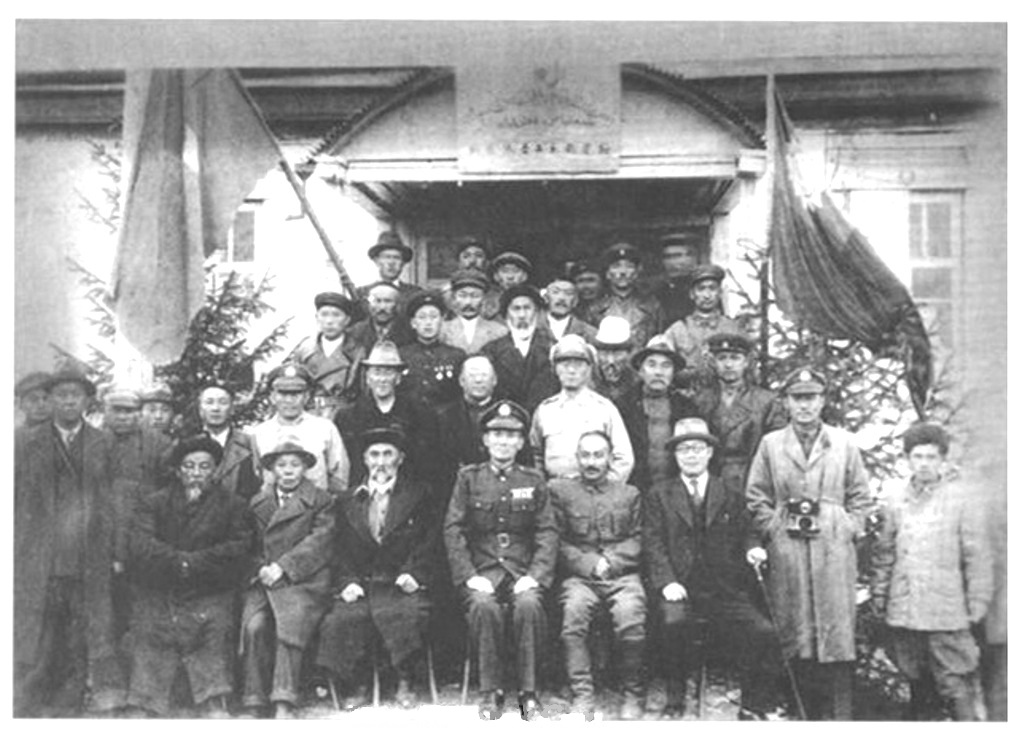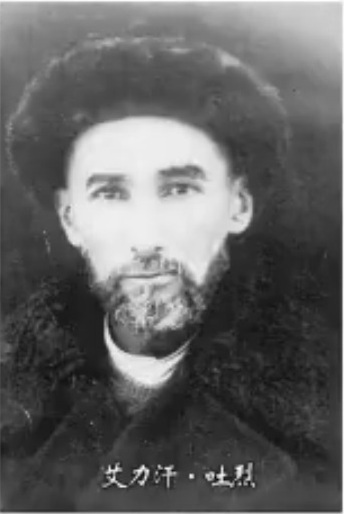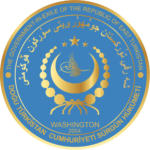THE HISTORY OF EAST TURKISTAN
THE PROCLAMATION OF THE ESTABLISHMENT OF THE ISLAMIC REPUBLIC OF EAST TURKISTAN
BY SABIT DAMULLAM ABDULBAQI IN KASHGAR ON THE 12TH DAY OF NOVEMBER IN 1933
Located at the center of Central Asia, East Turkistan is situated at the eastern side of Great Turkistan. East Turkistan means the land of Eastern Turks. The largest ethnic group in East Turkistan are, as noted, the Uyghurs (followed by other Turkic people such as Kazakhs and Kyrgyz) — a Turkic people whose history reaches back more than 2,000 years. Uyghurs set up their Uyghur Turk Empire in present day Mongolia (Karabalghasun was their capital) between 745 and 840 which lasted about a century till their defeat by Kirghiz Turks in 840 AD. Uyghurs moved south — settling in the northern part of Tarim Basin and later had become part of Great Karakhanid Empire which lasted about two and half centuries from the middle of tenth century until the beginning of thirteenth century in Balasaghun region of East Turkistan.
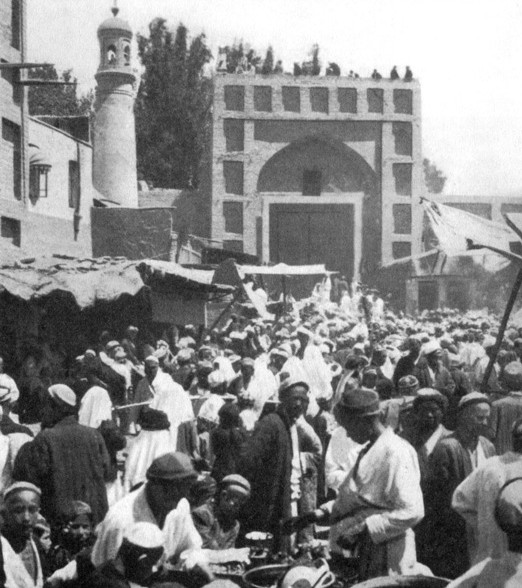
Other Uyghurs called sari Uyghurs (Yellow Uyghurs) settled in Kansu what is now China’s Gansu province. Though they speak Chinese, they still see themselves as descending from the Uyghur people. The Mongol Empire swept into East Turkistan early in the 13th century, and for the next 500 years East Turkistan was part of what became know as the Turkic – Mongol Empire. One of the striking aspects of this period was the extent to which the Mongols adopted Turkic culture: militarily triumphant they rapidly became assimilated.
The Manchus, having conquered China, invaded East Turkistan in 1759, dominating it until 1862. During this period the Turkic people of Eastern Turkistan rebelled 42 times. In 1863, with the help of the Ottoman Empire, East Turkistanis expelled the Manchus, founding the independent state of East Turkistan, under the leadership of Yaqup Beg Bidowlet (on the right).
The new state established diplomatic relations with the Ottoman, British and Russian Empires; however, the maneuverings among the Great Powers led to a new Chinese invasion in 1876 — this time with the support of the British who feared the expansion of Russia. China regained control of East Turkistan the next year and formally annexed the province in 1884 — giving it the name Xinjiang.

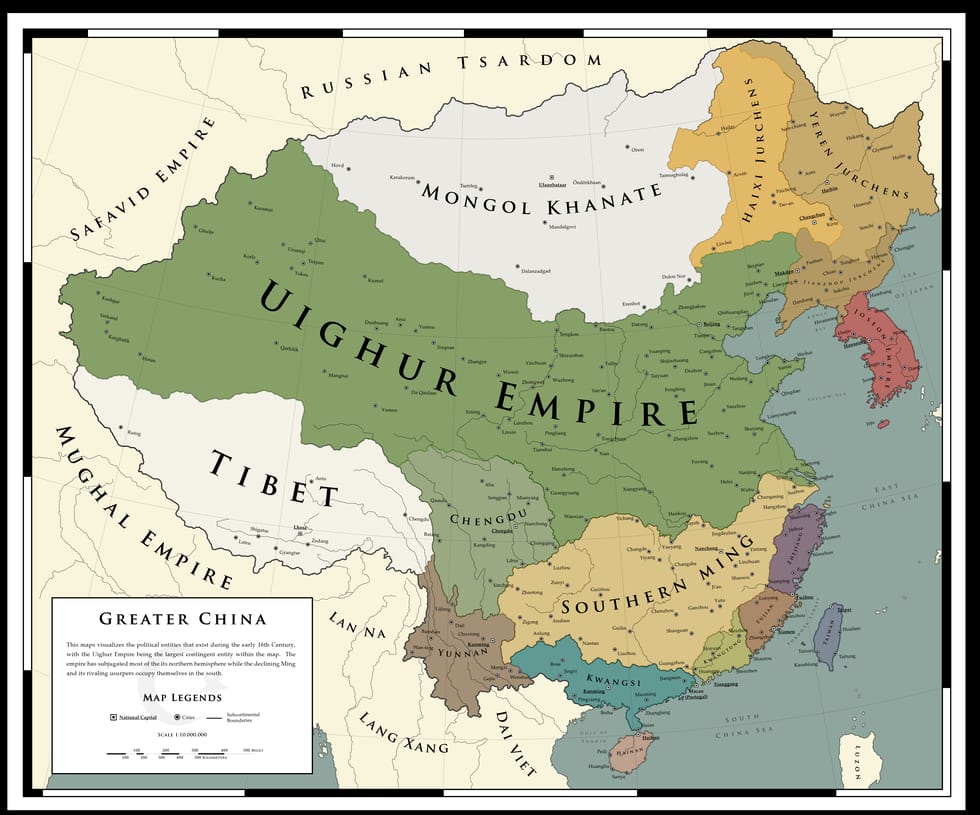
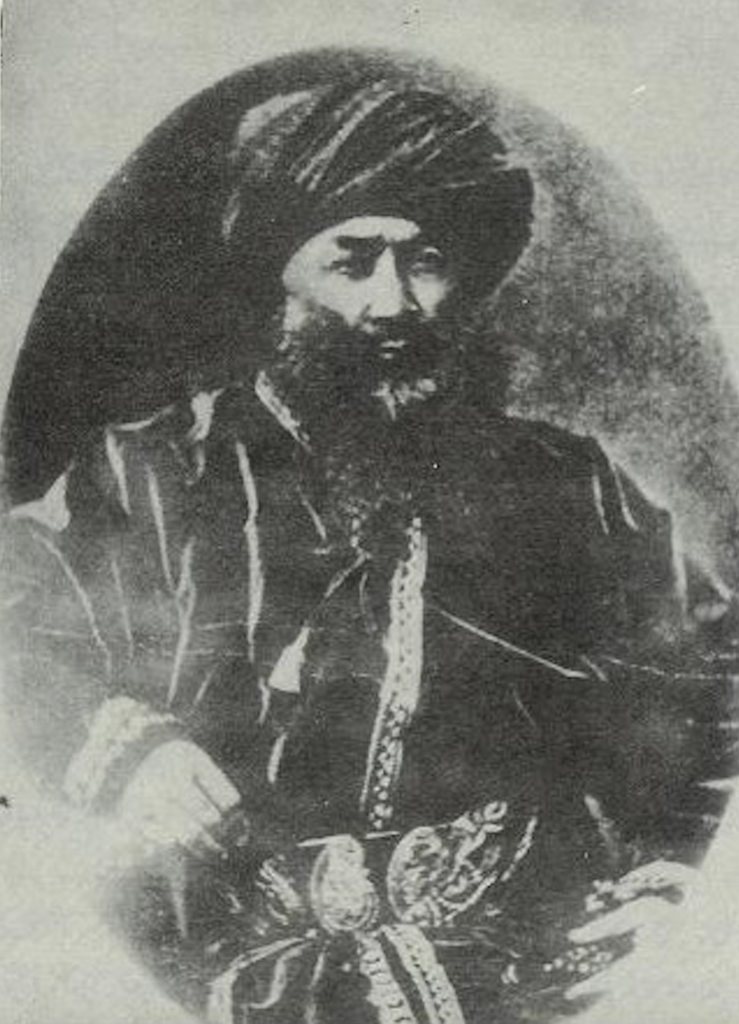
Nationalist Chinese, under the leadership of Sun Yat Sen, overthrew the Manchu Empire in 1911, establishing the Republic of China. East Turkistan was under the rule of Yang-zen-shen between 1911 and 1927.
Encouraged by the turmoil inside China, East Turkistanis again rebelled. A rebellion under the leadership of Khaja Niyaz Haji and Mohammed Amin Bughra. In 1933 they were able, briefly, to establish an independent East Turkistan Islamic Republic headquartered in the city of Kashgar under the leadership of Sabit Damollam.
However, the independent republic was crushed by the joint force of Russia and China within a year. Sabit Damullam, the founder of the republic was executed later by Shen She-cai, the regional governor of East. Turkistan.


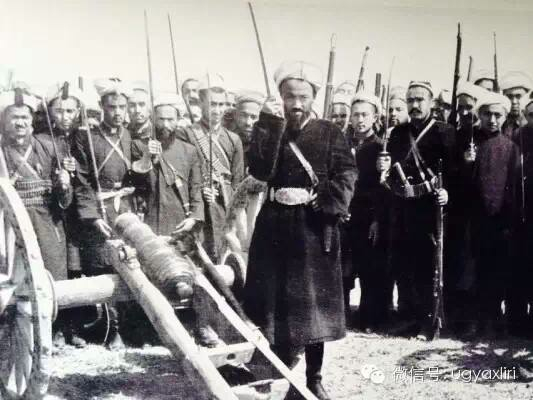
In 1944, their rebellion had greater permanence: the East Turkistan Republic set up in that year in three of the provincial districts (centered on the Ili (Ghulja) Valley) lasted until 1949 when the Soviet Union supported the newly victorious Communist rulers of China in reacquiring total control. In 1955, Beijing renamed the province Xinjiang Uighur Autonomous Region. Since then, the people of East Turkistan have been going through ethnic assimilation in their own homeland, East Turkistan under the occupation of Communist China. The Chinese has been destroying all aspects of the identity of the Muslim Turkic people of East Turkistan, majority of whom are Uyghurs. Not quite satisfied with its accomplishment gained over the past seventy years in terms of reaching its ultimate goal of complete assimilation of the non-Han Chinese Turkic Muslims in the region, over the past five years China has been conducting its 21st Century ethnic genocide in the pretext of vocational training in the region.
